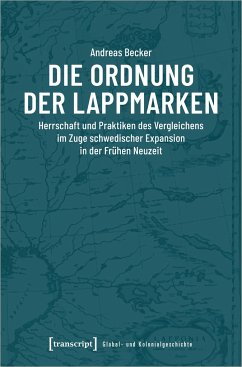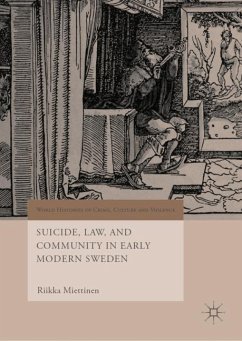Nicht lieferbar

Jews in East Norse Literature, 2 Teile
A Study of Othering in Medieval Denmark and Sweden
Versandkostenfrei!
Nicht lieferbar
What did Danes and Swedes in the Middle Ages imagine and write about Jews and Judaism? This book draws on over 100 medieval Danish and Swedish manuscripts and incunabula as well as runic inscriptions and religious art (c. 1200-1515) to answer this question. There were no resident Jews in Scandinavia before the modern period, yet as this book shows ideas and fantasies about them appear to have been widespread and an integral part of life and culture in the medieval North. Volume 1 investigates the possibility of encounters between Scandinavians and Jews, the terminology used to write about Jews...
What did Danes and Swedes in the Middle Ages imagine and write about Jews and Judaism? This book draws on over 100 medieval Danish and Swedish manuscripts and incunabula as well as runic inscriptions and religious art (c. 1200-1515) to answer this question. There were no resident Jews in Scandinavia before the modern period, yet as this book shows ideas and fantasies about them appear to have been widespread and an integral part of life and culture in the medieval North. Volume 1 investigates the possibility of encounters between Scandinavians and Jews, the terminology used to write about Jews, Judaism, and Hebrew, and how Christian writers imagined the Jewish body. The (mis)use of Jews in different texts, especially miracle tales, exempla, sermons, and Passion treaties, is examined to show how writers employed the figure of the Jew to address doubts concerning doctrine and heresy, fears of violence and mass death, and questions of emotions and sexuality. Volume 2 contains diplomatic editions of 54 texts in Old Danish and Swedish together with translations into English that make these sources available to an international audience for the first time and demonstrate how the image of the Jew was created in medieval Scandinavia.












